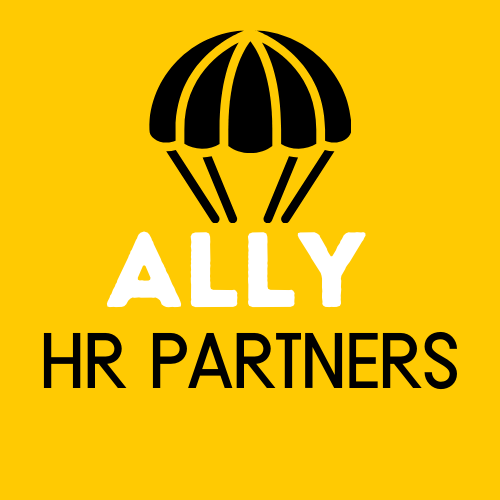New NYS Paid Sick Leave Proposed Regulations
New York State has issued additional proposed regulations for the upcoming Paid Sick Leave change affecting all NYS employers in 2021. Although the proposed regulations listed on the NYS PSL website are not final and do not yet have the force of law, it is very possible these new guidelines will become the final answers to many questions that have lingered since the initial passing of NYS Paid Sick Leave. For this reason, we encourage you to review your current plan and consider making modifications where it does not comply with what’s being proposed.
The bad news is the new guidance leans toward the least desirable possible final word on many questions, and even piles on some additional hits. The good news is that we are finally getting more information to prepare to be compliant with less than a month to go until the law takes effect.
We’ve compiled a summary of what we feel is the most pertinent information below. If you have a plan in place now that leaves you concerned after reading this, or if you have yet to address this requirement for the new year, we encourage you to reach out so we can help check this item off your 2020 disaster bingo card, and give you another reason to feel more settled going into 2021.
Documentation.
Let’s start with some good news. The new guidance does indicate that employers would be able to require documentation if someone is out for 3 or more consecutive work days using PSL. On the other hand, it also clearly states you may NOT require documentation for PSL absences under 3 days. Documentation can be an attestation from a doctor or the employee on PSL use eligibility, or a note from a facility or provider indicating a general need to be out of work, but it cannot be required to provide any specific information on the condition, situation, etc.
Accrual based earning.
If going with an accrual based system, the new guidance makes it even more clear that accruals need to take place for all time worked- we’re talking potentially even fractions of hours. Although the law states employees must accrue 1 hour for every 30 hours worked, the new guidance makes it clear that you need to be counting any hours worked under 30 toward accrual eligibility, and even goes so far as to state that rounding should occur down to a quarter hour for accrual tracking. If you don’t at least have an accrual setup going in place that allows for an accrual for each hour worked (what we’ve been suggesting), you should consider changing your plan (your payroll provider should be able to help). Gone are the days of accruals spread evenly over pay periods. The other option is to go to an annual “dump” method, but as we’ve discussed in our webinar on PSL there are other reasons we don’t think that is best for businesses either.
Calculating your Headcount for leave requirements.
The guidance states that a business’ employee headcount at its highest point in the calendar year should be used to determine how much leave you are required to offer and if it should be paid. Remember, in some cases, under 4 employees means you don’t have to offer the time paid. Under 99 employees requires you to provide 40 hours of Paid Sick Leave, and over 99, 56 hours. The new regs also state that if an employer starts the year under a certain number, and then grows to a number that requires paid time or 56 hours vs. 40, the employer at that point must allow for additional accruing of paid time to occur up to the new amount. For this reason, you will want to make sure to keep an eye on headcount, especially if you start the year down from COVID, and things pick back up in the Spring.
“Joint” Employer Consideration
What seems to be the biggest hit in the proposed regulations, is mention of employees who are in “joint employment” scenarios needing to count as employees for consideration of headcount numbers. If these proposed regulations hold as written, this would mean individuals like temp agency help would count toward a business’ headcount in determining PSL requirements. This could be a huge difference for many employers.
We will continue to provide updates as these regulations take final shape before the end of the year. Otherwise, we once again encourage you to reach out with any questions or for help in complying with this complicated change.

